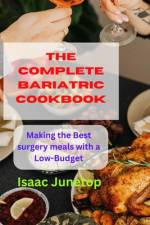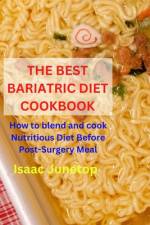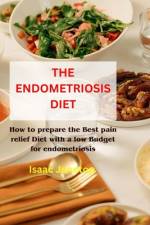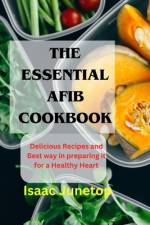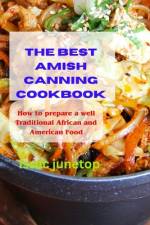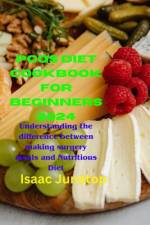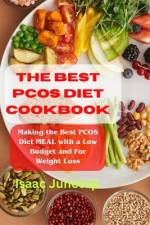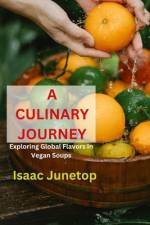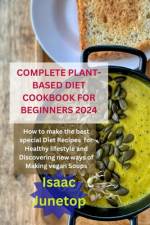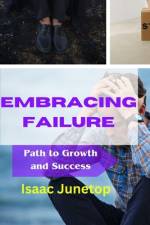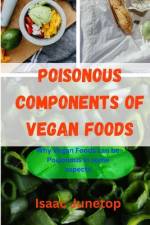- Delicious Dinner Recipes to Delight your Taste buds
av Isaac Junetop
121
A sumptuous dinner not only satiates hunger but also tantalizes the taste buds, making it a highlight of the day. Whether it's a cozy family gathering or a fancy dinner party, the menu plays a crucial role in creating a memorable dining experience. In this collection of delicious dinner recipes, we explore a variety of flavors and cuisines to cater to different palates and occasions.Garlic Herb Butter Roasted Chicken: A whole chicken seasoned with garlic, herbs, and butter, then roasted to perfection.Ingredients: Whole chicken, garlic, thyme, rosemary, butter, salt, and pepper.Method: Rub the chicken with minced garlic, herbs, butter, salt, and pepper. Roast in the oven until golden brown and cooked through.Creamy Mushroom Risotto: A comforting Italian dish made with Arborio rice, mushrooms, and a creamy sauce.Ingredients: Arborio rice, mushrooms, shallots, garlic, white wine, chicken or vegetable broth, Parmesan cheese, butter, and cream.Method: Sauté mushrooms, shallots, and garlic. Add rice and wine, then gradually add broth until rice is cooked. Stir in Parmesan cheese, butter, and cream.Thai Green Curry: A fragrant and spicy curry made with coconut milk, green curry paste, and assorted vegetables or protein.Ingredients: Green curry paste, coconut milk, vegetables (such as bell peppers, eggplant, and bamboo shoots), protein (chicken, tofu, or shrimp), fish sauce, palm sugar, and Thai basil.Method: Simmer curry paste in coconut milk, add vegetables and protein, then season with fish sauce and palm sugar. Garnish with Thai basil before serving.Beef Tenderloin with Red Wine Reduction: A luxurious main course featuring tender beef tenderloin served with a rich red wine reduction sauce.Ingredients: Beef tenderloin, red wine, beef broth, shallots, garlic, butter, salt, and pepper.Method: Sear beef tenderloin until browned on all sides, then roast in the oven until desired doneness. In the same pan, sauté shallots and garlic, deglaze with red wine, and reduce until thickened. Finish with butter and seasoning.Vegetarian Stuffed Bell Peppers: Colorful bell peppers stuffed with a flavorful mixture of rice, vegetables, and cheese.Ingredients: Bell peppers, rice, onion, garlic, tomatoes, corn, black beans, spices, cheese (such as cheddar or mozzarella).Method: Cook rice and sauté onion, garlic, tomatoes, corn, and black beans. Mix with cooked rice and cheese, then stuff into halved bell peppers. Bake until peppers are tender and filling is heated through.Salmon Teriyaki with Sesame Ginger Glaze: Succulent salmon fillets marinated in a sweet and savory teriyaki sauce, then grilled or baked to perfection.Ingredients: Salmon fillets, soy sauce, mirin, sake, brown sugar, ginger, garlic, sesame oil, and sesame seeds.Method: Marinate salmon in teriyaki sauce, then grill or bake until cooked. Meanwhile, reduce the marinade to make a glaze. Serve salmon drizzled with glaze and sprinkled with sesame seeds.Eggplant Parmesan: A classic Italian dish featuring layers of breaded and fried eggplant slices smothered in marinara sauce and melted cheese.Ingredients: Eggplant, breadcrumbs, eggs, marinara sauce, mozzarella cheese, Parmesan cheese, basil, and olive oil.Method: Bread and fry eggplant slices until golden brown. Layer eggplant with marinara sauce, mozzarella, and Parmesan cheese. Bake until cheese is melted and bubbly. Garnish with fresh basil before serving.Conclusion: These delightful dinner recipes offer a diverse range

